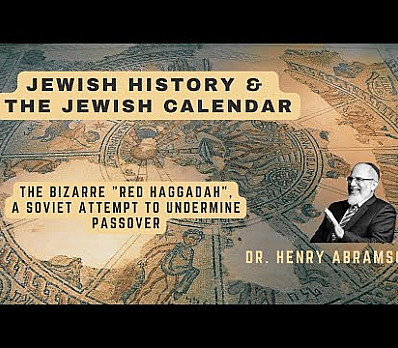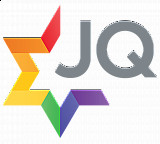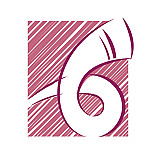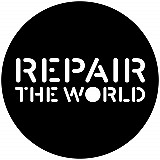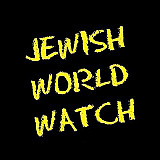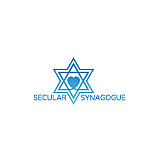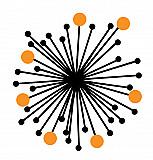Seeing Yourself Out of Egypt
We are invited to see ourselves as poor, afflicted, in the Seder. As in exile, in Egypt, in a moment of constraint. This is how yachatz begins. A poor person always eats a smaller piece and saves the greatest part for later, since they don't know whether there will be more food.
The Afikoman - the leftover matza - is the symbol of redemption. Where do you come from? asks the Sephardi leader of the seder - From Egypt, is the answer of the child.
Where is your Egypt? Is the question that our haggadah is also asking of us.
Where is Egypt today? Is another question that the haggadah is asking of us: the middle matza represents this world - or our present moment, and the other two our past and our future. The moment is broken, but we can't end the seder if we don't bring the broken piece back, symbolically reminding ourselves of redemption, both personal and communal, both communal and human. The idea brought by the two versions of the haggadah - to see yourself and to be seen as coming out of Egypt - point to those two poles of our Jewish experience: personal and transcendent.
Inspired to create
your own Haggadah?
Make your own Haggadah and share with other Seder lovers around the world
Have an idea
for a clip?
People like you bring their creativity to Haggadot.com when they share their ideas in a clip
Support Us
with your donation
Help us build moments of meaning and connection through
home-based Jewish rituals.
OUR TOP CONTRIBUTORS
Passover Guide
Hosting your first Passover Seder? Not sure what food to serve? Curious to
know more about the holiday? Explore our Passover 101 Guide for answers
to all of your questions.




